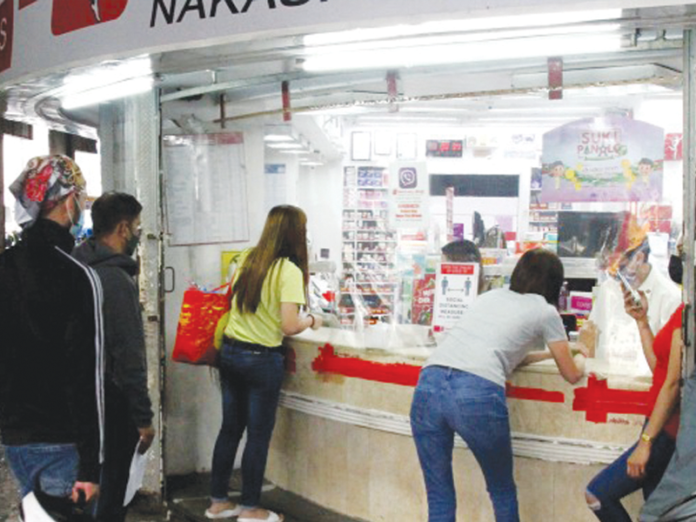The Philippine government on January 12 announced limits on the purchases of fever and flu medications.
The Department of Trade and Industry and Department of Health made the move amid increased demand for these over-the-counter medicines in the wake of rising COVID-19 cases in the country.
The two departments issued a joint memorandum circular setting the purchase limit of fever and flu medicines.
DOH and DTI Joint Memorandum Circular (JMC) No. 22-01 set the purchase limit per person and household for each medicine: for paracetamol 500g tablet (20 for individual and 60 per household) and paracetamol suspension (five for individual and 10 per household); for Phenylephrine hydrochloride suspension (five per individual and 10 per household); (Chlorphenamine Maleate + Paracetamol tablet (20 per individual and 60 per household); Carbocisteine capsule (20 per individual and 60 per household); Carbocisteine suspension (five per individual and 10 per household).
The JMC was signed by DOH Secretary Francisco Duque III and DTI Secretary Ramon Lopez on January 10.
The measure is meant to prevent artificial shortage and price escalation of over-the-counter flu medicines.
Also, the government wants to ensure the availability of the same until such time that their supplies become stable.
The JMC also directed retailers to post notices in conspicuous places within their outlets, advising customers of the quantity of medicines they are allowed to purchase.
The JMC took effect immediately and shall continue to be effective until DOH declares the supply stability of the medicines, the declaration of which shall automatically revoke the said JMC.
Meanwhile, all establishments and the public are reminded that online sales of such medicines are prohibited unless they adhere to the existing rules and regulations of the Food and Drug Administration (FDA).
“The DTI urges the general public to avoid impulse purchases and to consider generics of these over-the-counter medicines. Rest assured that we are working closely with the manufacturers of these products to ensure enough medicine supply,” said DTI Consumer Protection Group Undersecretary Ruth Castelo in a statement.
Republic Act No. 7581, or the Price Act, as amended, mandates the DOH and DTI to ensure the availability of basic necessities and prime commodities at reasonable prices while securing fair return on investment for legitimate businesses.
The JMC is titled “Setting of Purchase Limit/Cap for Paracetamol, Phenylephrine Hydrochloride, Carbocisteine, and Chlorphenamine Maleate Paracetamol.”
Consumers are also being advised to always adhere to public health standards when shopping or conducting business outside of their homes and to always sanitize their hands.
The DOH on January 12 reported 32,246 additional COVID-19 infections.
This brought the number of active cases in the Philippines to 208,164.
The active case count is the highest so far.
In total, the Philippines has recorded 3,058,634 cases since the start of the pandemic.
The country is seeing a dramatic rise in infections this month following the detection of the hyper-transmissible Omicron variant and increased mobility during the holiday season.
According to the DOH, Metro Manila (56%), Calabarzon (22%) and Central Luzon were the regions with the most number of cases in the recent two weeks.
The positivity rate was 45.7% out of 63,903 tests. This was way above the 5-percent threshold of the World Health Organization for opening economies.
Eleven testing laboratories did not submit their data to the department.
The death toll hit 52,654 after 144 more patients died, while recoveries increased by 5,063 to 2,797,816.
Of the active cases, 6,435 are asymptomatic, 197,091 have mild symptoms, 2,872 are moderate, 1,468 have severe infection, and 298 are in critical condition.
DOH Secretry Duque said Calabarzon, Central Luzon, Ilocos region and Cagayan Valley are also seeing increase in COVID-19 cases.



